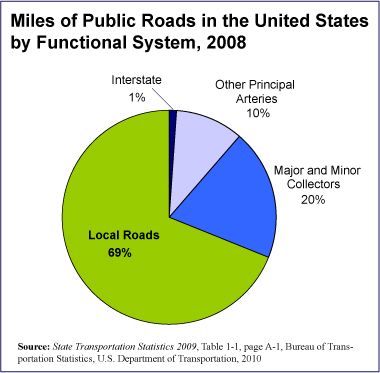
Year: 2020 and 2028
Market size: $70.38 billion and $101.88 billion, respectively
Clean air and clean water. Two essentials for life on earth. In many ways, the use of filters is necessary for achieving this. Today’s market size shows total global revenues for filters in 2020 and projected for 2028. Growing concerns about reducing emissions from automotive and industrial applications as well as the increasing popularity of air and water purifiers among consumers will fuel demand for filters over this time period.
By application, motor vehicles garnered more than 47% of the market in 2020, followed by consumer goods, utilities, industrial and manufacturing, and others. Increasing automotive production, especially in China, Indonesia, South Korea, Japan, Malaysia, and Taiwan along with stringent regulations aimed at reducing automotive pollution will create increased demand for automotive filters. Filters are used in several motor vehicle applications: oil intake, air filtration, and emission filtration. Filters for internal combustion engines accounted for more than 40% of the market in 2020.
Fluid filter demand will increase due to the increased construction of water treatment plants globally. Fluid filters are also used in cold sterilization of beverages and pharmaceuticals, petroleum refining, dairy processing, and wine production. Air filters are expected to experience the fastest revenue growth through 2028 due to governments mandating the reduction of pollutants from vehicle emissions and the growing popularity of air purifiers that kill harmful bacteria and viruses in homes, hotels, airplanes, and train compartments. Demand for filters in the industrial and manufacturing sectors will center around Europe, North America, and the emerging industrialized regions of India, South Africa, Brazil, Thailand, and Indonesia.
The Asia-Pacific region held a 42% revenue share in 2020 due to the rapid industrialization in the region. The increasing pollution levels are leading governments to impose environmental quality regulations. As a result, demand for air and water filtration devices is expected to grow. In Europe, the rising demand for air filtration equipment in industries such as cement, chemicals, and metallurgy along with increasing adoption of air purifiers in Germany, France, Italy, and Spain will spur growth in this region. The North American automotive industry is expected to contribute to growth in filter revenue in this region. Also, technological breakthroughs in filtration processes, such as the implementation of nanotechnology, will lead to increased demand. In Central and South America, fluid filter demand is expected to significantly increase through 2028 as several wastewater treatment plants undergo construction due to growing water pollution levels in Brazil, Argentina, and Uruguay among others. The use of filters in Brazilian mining operations to control emissions is also expected to fuel demand in the region.
There are several major filter manufacturers around the world. Many companies are developing sustainable products that offer improved efficiency and value. Some are expanding their production capabilities to meet demand in various markets. Some major companies in this industry include 3M, Airex Filter Corp., Koch Filter, Freudenberg Filtration Technologies SE & Co. KG, Donaldson Co. Inc., Camfil AB, Parker Hannifin Corp., DENSO Corp., Clark Air Systems, and Spectrum Filtration Pvt. Ltd.
Sources: “Filters Market Size, Share & Trends Analysis Report by Product (ICE Filters, Air Filters, Fluid Filters), by Application (Motor Vehicles, Consumer Goods), by Region, and Segment Forecasts, 2021 – 2028,” Grand View Research Report Summary, March 2021 available online here; “Filters Market Size Worth $101.88 Billion By 2028 | CAGR: 4.7%: Grand View Research, Inc.,” CISION PR Newswire, April 5, 2021 available online here.Image source: bb20_pt10, “air-filter-automotive-car-2690190,” Pixabay, August 28, 2017 available online here.

